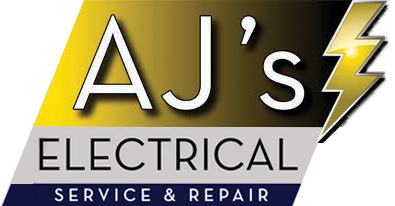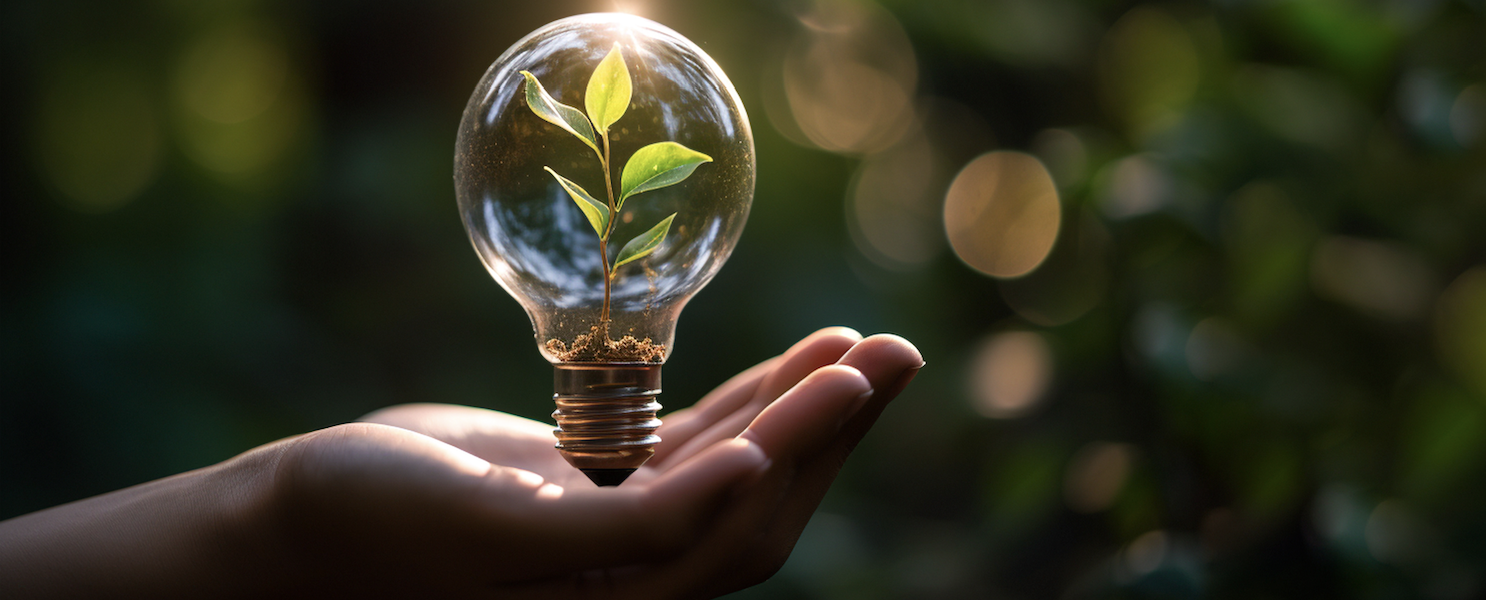Today, home decor, lighting, appliances, and other home features are no longer just about aesthetics. Sustainability has become more appealing and lower in cost to homeowners and homebuyers. A home with sustainable and eco-friendly features helps the environment and saves you money in your wallet. There’s no doubt that lighting is important to our everyday lives. Beyond the aesthetics of good lighting, sustainable and energy-efficient options shine through.
Traditional incandescent bulbs have a large environmental impact. 90% of the energy incandescent light bulbs use is given off as heat, whereas only 10% of the energy is actually used to produce light. These bulbs are notorious for hogging energy usage. You can make a substantial environmental contribution by switching to more energy-efficient options. Let’s dive into different energy-efficient lighting options, lighting control systems, and installation considerations.
Types of Energy-Efficient Lighting
- LED Lighting: LED stands for light-emitting diodes. LEDs are our top pick for an energy-efficient bulb. These types of bulbs consume less energy and last much longer than traditional incandescent bulbs.
- Halogen and Fluorescent Lighting: Halogen and fluorescent bulbs are not as energy efficient as LED, but they still have their applications for specific needs. For example, this type of lighting works well in workshops, garages, and other industrial facilities.
Lighting Control Systems
Various lighting control systems can be integrated into a lighting system to be more energy efficient. Some examples include dimmer controls, occupancy sensors and networked lighting controls. Dimmer controls can be installed to control the brightness of a light, and therefore, they can control the voltage sent to the bulb, possibly lowering your energy consumption.
When an occupancy sensor is linked to your light system, the sensor can detect movement in a room and turn on the lights. The light will turn off after a certain period of time without movement. This is an extremely effective way of reducing the energy use of lights in your home.
Networked lighting, or Smart lighting, are features designed to give you full control over the lighting in your space. You can fully control your lighting system with the touch of a button on a computer, smartphone, or integrated keypad. This way, you can control the on-off operation of the lights in your home from anywhere at any time. Some of these systems can even track your usage and energy consumption.
Considerations for Installation
When it comes to installing energy-efficient lighting, there are several factors to consider:
- Budget and cost analysis: The initial investment into energy-efficient lighting may seem greater than what it costs for traditional lighting, but in the long run, the energy-efficient options will save you money on energy bills. Prior to installing, it’s important to weigh your lighting options with your budget to see what makes sense for your wallet.
- Lighting design and layout: Effective lighting and design takes more planning than selecting the right bulbs. Make sure to take the time to get an overall sense of your home’s layout to determine in which areas you can maximize natural light and where you might need to install task-specific lighting.
Task-specific lighting is designed to provide tailored light in specific areas of your home. For example, in your office, you might want bright white daylight, but in your living room, you might want something warmer that gives off a cozy ambiance. Planning out task-specific lighting will help with the planning of the installation process.
- Maintenance and Upkeep: While LED bulbs last a longer time compared to traditional bulbs, it’s still important to keep up with maintenance. Regularly cleaning the bulbs and fixtures, replacing faulty bulbs when needed, and disposing of old bulbs properly are important to ensure longevity.
- Compatibility: Before replacing your current bulbs with energy-efficient options, consider the fixtures you have. Some fixtures may need retrofitting or may even need to be replaced to accommodate energy-efficient lighting. Remember, deciding to retrofit a fixture or install a completely new one could also affect your budget.
Sustainability and energy efficiency are at the forefront of home appliances, decor, and lighting decisions. Making the transition to energy-efficient lighting options like LED bulbs is going to lessen your impact on the environment and save you money. When making the choice to switch to some of these options, it’s important to consider the cost, the design and layout, maintenance, and compatibility with your current fixtures.
Are you looking for advice or help with a lighting installation? We can help! With over 60 years of combined experience, our team can guide and support you with your upgrade. Contact us today!

